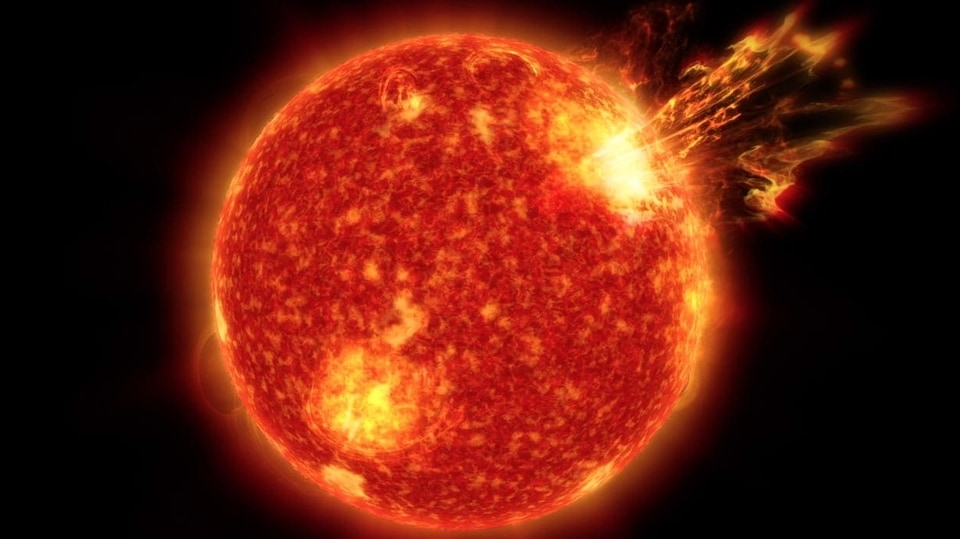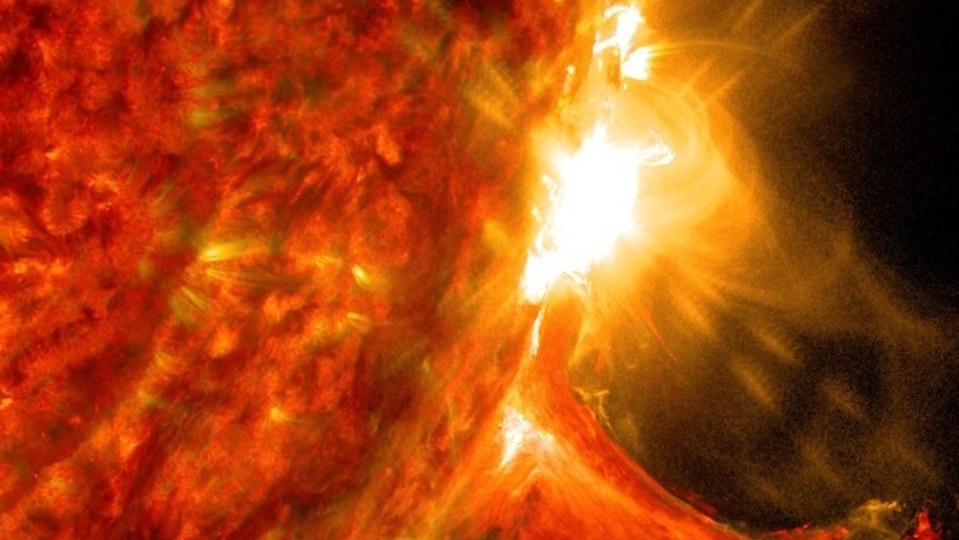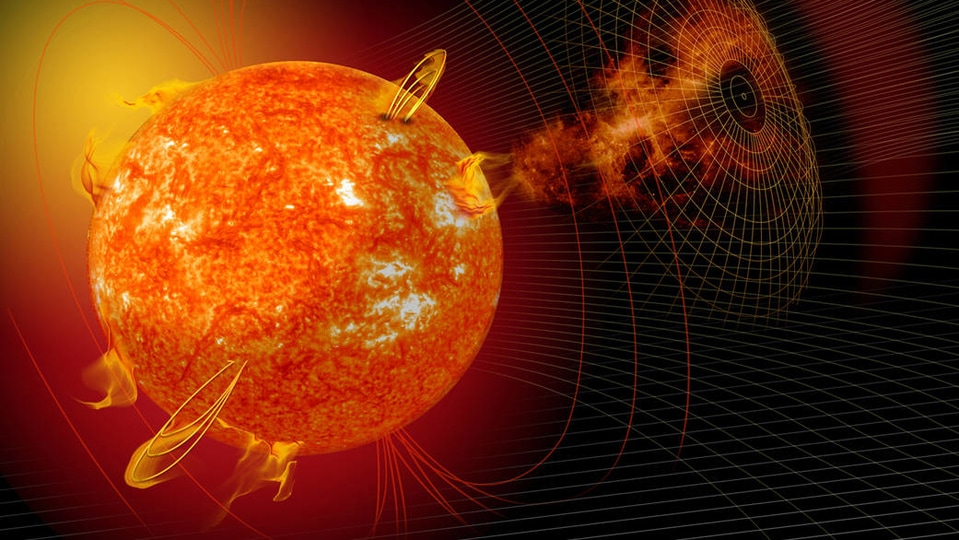Giant sunspot AR3190 sparks solar storm fears; Can cause blackouts, warns NASA
NASA Solar Dynamics Observatory has issued a warning for a possible solar storm in days to come as sunspot AR3190 turns unstable. It can even cause radio blackouts on Earth.




_1639373804152_1639373815879.jpg)

 View all Images
View all ImagesEven as Earth narrowly escaped a solar storm attack on Tuesday, fresh concerns from a gigantic sunspot have emerged. The NASA Solar Dynamics Observatory (SDO) has been observing the sunspot AR3190, the huge sunspot that can even be seen through unaided eyes, and it appears that this solar region is setting itself up for an explosion. If it does explode, it can cause a dangerous solar storm event on Earth with a chance of X-class solar flares targeting the Earth. This can result in shortwave radio blackouts and even disruption in GPS and other wireless communications in various regions on our planet.
This development was highlighted by the NASA SDO which has been tasked with observing the Sun and any solar activities that take place. It noticed that the sunspot, which was relatively stable so far, has suddenly started becoming unstable. SpaceWeather.com reported, “The sunspot's primary dark core is actually a huge pole of negative (-) magnetism closely surrounded by multiple islands of positive (+) polarity. This is exactly how solar flares get started”. It should be noted that this difference in polarity causes an event known as magnetic reconnection which can set off massive explosions.
Solar flare scare for Earth as giant sunspot nears explosion
Luckily, the sunspot is turning away from the Earth and as such we will not suffer a direct hit from this explosion. However, considering the gigantic size of the sunspot, a broad spray of an X-class solar flare will still hit our planet with massive amounts of X-rays and extreme UV radiation. This will not only cause a shortwave radio blackouts on any landmass it strikes, there can be other consequences as well.
It is being said that the radiation can disrupt GPS services as well as other wireless communication systems including mobile networks. And if the solar flare is large enough, it will also send across a large cloud of coronal mass ejection (CME) which can cause further solar storms on Earth.
This threat will exist for as long as the sunspot remains in the view of the Earth, which can be for the next 48 hours or more. For now, NASA SDO continues to observe the sunspot.
How NASA SDO collects its data
The NASA SDO carries a full suite of instruments to observe the Sun and has been doing so since 2010. It uses three very crucial instruments to collect data from various solar activities. They include Helioseismic and Magnetic Imager (HMI) which takes high-resolution measurements of the longitudinal and vector magnetic field over the entire visible solar disk, Extreme Ultraviolet Variability Experiment (EVE) which measures the Sun's extreme ultraviolet irradiance and Atmospheric Imaging Assembly (AIA) which provides continuous full-disk observations of the solar chromosphere and corona in seven extreme ultraviolet (EUV) channels.
Catch all the Latest Tech News, Mobile News, Laptop News, Gaming news, Wearables News , How To News, also keep up with us on Whatsapp channel,Twitter, Facebook, Google News, and Instagram. For our latest videos, subscribe to our YouTube channel.





























